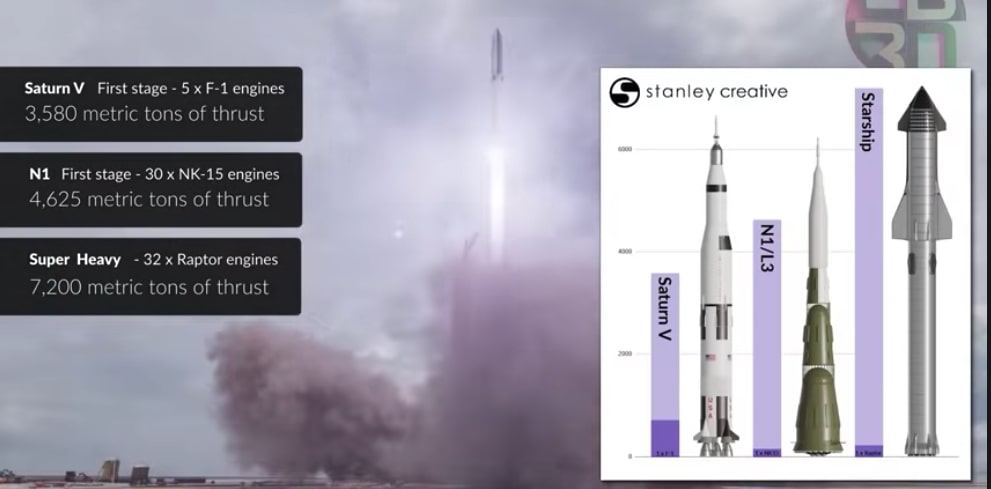How 150cc Motorcycles Are Made: A Behind-the-Scenes Look

If you’re curious about how 150cc motorcycles are made, then you are in the right place! In this blog post, we will be taking a behind-the-scenes look at the manufacturing process of these powerful two-wheeled machines. From the initial sketch, operations the science of motorcycles 150cc framework, and their engine to the assembly and testing, we will explore the various stages involved in the production of 150cc motorcycles.
The Frame of 150cc motorcycles
When it comes to making a 150cc motorcycle, the frame is one of the most important components. Interesting facts about these frames are that they are often made from lightweight aluminum alloy to reduce weight and increase strength and that each frame is typically tailored to its specific engine size.
The 150cc motorcycle frame is typically composed of two spars, or main beams, running the length of the bike, connected together by several braces or crossbars. The motor is mounted in the center of the frame, with the spars holding the suspension and swingarm on either side. The spars, or main beams, also help to hold the fuel tank securely in place.
The frame of a 150cc motorcycle must also be strong enough to handle the rigors of riding on all types of terrain. The most common type of frame used in modern motorcycles is the twin-spar design, which is lighter and stiffer than the conventional single-spar design. It also has more room for suspension components, providing better handling. Furthermore, many 150cc motorcycle frames feature an integrated head tube, which helps to reduce torsional stress and increase overall stiffness. This allows for precise handling, superior responsiveness, and improved safety when riding on rough terrain.
Additionally, the frame must be designed to accommodate the rider’s weight distribution. The rider’s center of gravity is typically located between the front and rear spars, allowing for proper balance and control while cornering and braking. The frame must also be able to withstand lateral forces while cornering as well as vertical forces while jumping or bumping.
In regards to the initial sketch and design, professional engineers are the ones in charge. They will create a pattern or “blueprint” which is used to cut and form the steel or aluminum tube that will form the backbone of the frame. After welding, the frame is treated to prevent corrosion and is given a powder coating to add color and texture. Depending on the make and model, patterns and colors are added to the frame to make it stand out. Once complete, the frame is mounted to the engine and other components.
The Engine of 150cc motorcycles
At the heart of any 150cc motorcycle is a powerful and efficient engine. These engines are made up of a variety of components, such as the crankshaft, piston, cylinder, valves, and spark plugs. Let’s take a look into each of these components:
- Crankshaft: the main rotating component that converts energy from the piston’s combustion process into rotational energy.
- Pistons: located inside the cylinder, they move back and forth as the engine operates, creating a cycle of compression and expansion. Valves open and close to allow air and fuel into the cylinder for combustion, and exhaust gases out of the cylinder after combustion.
- Spark plugs: ignite the air-fuel mixture inside the cylinder, causing combustion to occur.
Interestingly, these engines can reach up to speeds of 60mph, despite their relatively small size.
The engine works by transforming the energy created by combustion into rotational force. The pistons vertically to rotate the crankshaft. This rotational force is transferred through the transmission and ultimately to the rear wheel, propelling the motorcycle forward.
In order to get the most out of an engine, it needs to be tuned properly. This includes adjusting the spark timing, fuel/air ratio, valve timing, and more to ensure maximum performance and efficiency.
The Transmission of 150cc motorcycles
A motorcycle transmission delivers power from the engine to the rear wheel. In a 150cc motorcycle, the transmission is an important component as it ensures smooth and reliable shifting between gears, as well as efficient acceleration and deceleration.
The transmission works by using a series of interconnected gears that allow the rider to shift between different speeds and driving conditions. The 150cc motorcycle typically has four or five gear ratios which can be selected by moving the shifter lever on the right side of the handlebars. When a gear is engaged, the drive shaft is spun and power is delivered to the rear wheel.
To ensure maximum efficiency and performance, the 150cc motorcycle transmission is equipped with a clutch system. The clutch allows the rider to quickly disengage the transmission while accelerating or decelerating. This helps reduce wear and tear on the gears, resulting in smoother shifts and better fuel economy.
Assembly of 150cc motorcycles
Once the frame, engine, and transmission have all been produced, it is time to assemble and create a functional 150cc motorcycle.
Firstly, the engine is mounted onto the frame. The transmission is connected to the engine and the fuel tank is now added. The wheels are then mounted onto the frame, followed by brakes, handlebars, footrests, and any other necessary components.
Secondly, the wiring and the exhaust system are added for the electrical functions. The oil is also changed before the bike is ready to be tested.
An interesting fact about the assembly process of 150cc motorcycles is that in some countries, there are legal requirements for how and where bikes must be assembled. This ensures that the bikes meet safety standards and are put together correctly.
Testing the final product
In order to ensure the quality of a 150cc motorcycle, the testing phase is rigorous and typically takes several days to complete. Every bike is subjected to a series of tests designed to check its performance and stability. The tests are conducted on both an individual and collective level to measure the output and functionality of the various components.
Individual components are tested in accordance with their expected performance metrics. This includes examining the engine’s power output, the transmission’s gear ratios, and the frame’s stability. If any component fails to meet the predetermined requirements, it is either adjusted or replaced before moving forward in the manufacturing process.
The motorcycle is also taken for a test ride to assess how well it handles the road. Test riders assess the handling, braking, and acceleration capabilities of each bike. Any issues detected during this process must be addressed before the motorcycle can be released to markets.
Conclusion
150cc motorcycles are a popular and affordable type of motorbike. They are manufactured all around the world, with the process and unique designs varying from region to region and between competitors. The components of these motorcycles, from frames, engines, and transmissions, to other necessary parts, are handled and tested with great care by dedicated engineers and manufacturing teams around the world. With proper maintenance, these powerful bikes can be expected to provide many years of dependable service.




